Here’s a hot tip animal and nature lovers: fill your home with plants that do double duty: purifying the air and being safe for your pets. Whether you’re a seasoned green thumb or a novice plant parent, choosing greenery that won’t harm your furry friends can be a bit of a challenge. Fortunately, there are numerous plants that are both non-toxic to pets and capable of filtering common toxins from the air. Here are 13 pet-friendly plants that will help you create a healthier, green oasis at home.
1. Spider Plant (Chlorophytum comosum)
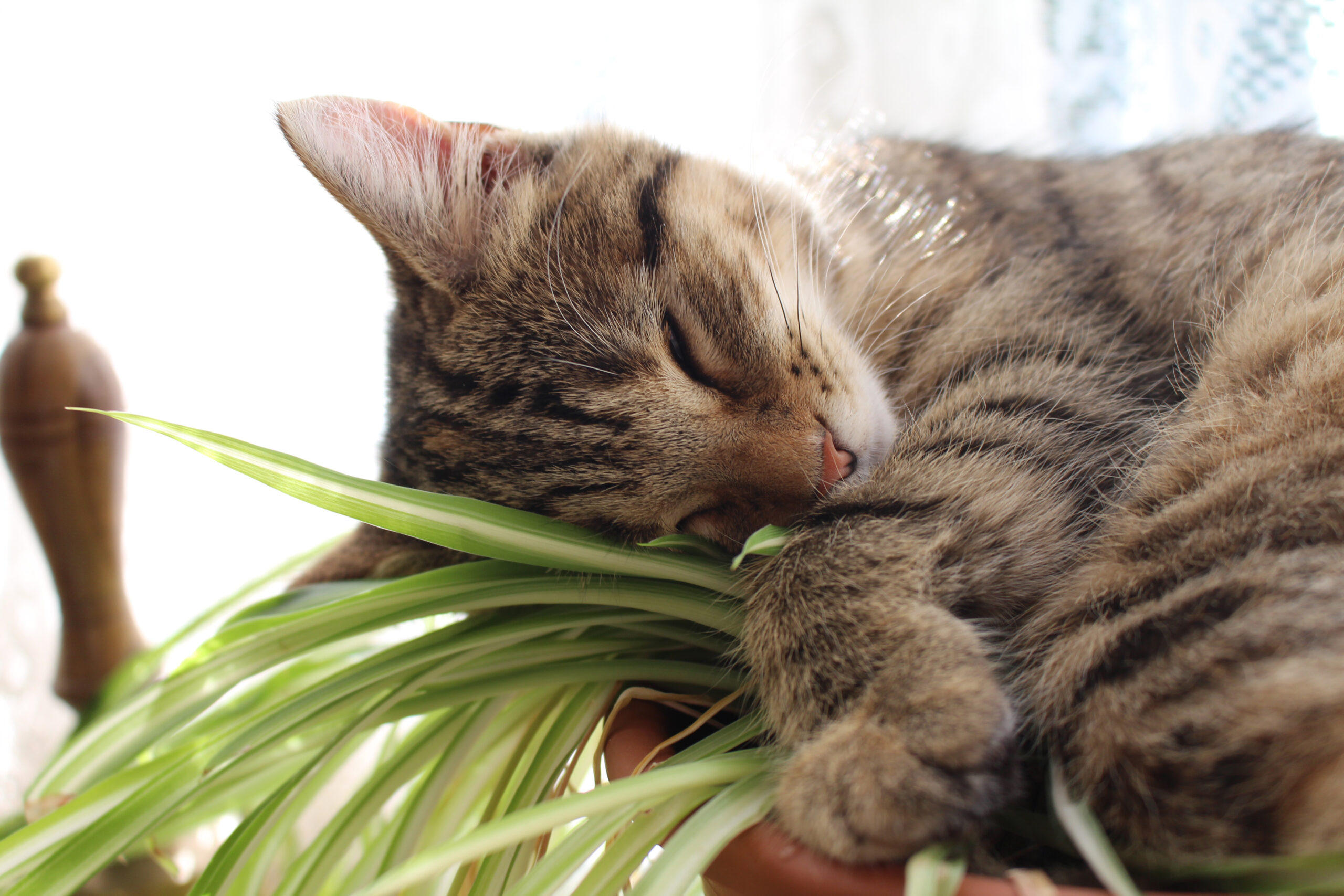
Spider plants are the low-maintenance darlings of the indoor plant world and are known for their ability to purify the air. They thrive in a variety of conditions, making them perfect for both sunny and partially shaded areas of your home. According to a study by NASA, spider plants are effective at removing pollutants such as formaldehyde and xylene from indoor air. Plus, their cascading leaves make them an aesthetically pleasing addition to any room.
If you have pets, you’ll be pleased to know that spider plants are non-toxic to both dogs and cats. This means you can place them within reach of curious paws without worry. Their fun, arching leaves can even act as a mild plaything for your pets, adding a bit of natural interest to their day. Just be cautious if your pet starts to chew excessively, as eating too many can cause mild digestive upset.
2. Boston Fern (Nephrolepis exaltata)

Boston ferns are lush, classic plants that add a touch of elegance to your home while improving air quality. These ferns are particularly good at absorbing formaldehyde and other pollutants from the air. They prefer a humid environment and indirect light, making them ideal for bathrooms or kitchens. With their feathery fronds, Boston ferns look great in hanging baskets or on plant stands.
Your pets are safe with Boston ferns around, as they’re non-toxic to both dogs and cats. Their fronds may attract some curious sniffing and pawing, but you won’t have to worry about harmful effects. They do need a bit of extra care in terms of humidity, so misting them regularly can keep them looking fresh and vibrant. Ensure you find the right balance of moisture and light to keep these ferns thriving.
3. Bamboo Palm (Chamaedorea seifrizii)
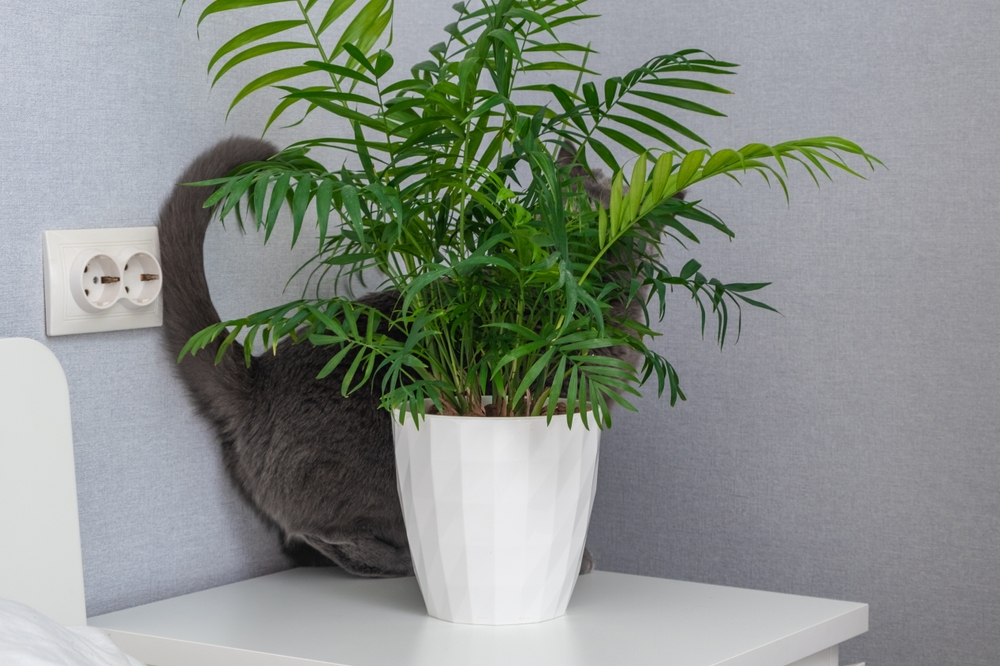
The bamboo palm, with its tropical flair, is a popular choice for those looking to add a bit of the tropics to their home decor. It’s known for filtering out benzene, formaldehyde, and trichloroethylene, helping to keep indoor air cleaner and fresher. According to research published in the Journal of Environmental Management, bamboo palms are among the top plants for improving air quality. Their elegant fronds create a lush, green ambiance that can complement various home styles.
Bamboo palms are also pet-friendly, posing no threat to your furry companions. They can grow quite tall, providing a bit of vertical interest and even creating a small privacy screen in your space. While these palms prefer bright, indirect light, they are relatively forgiving if conditions are not perfect. Just be mindful of overwatering, as they prefer to dry out a bit between watering sessions.
4. Areca Palm (Dypsis lutescens)
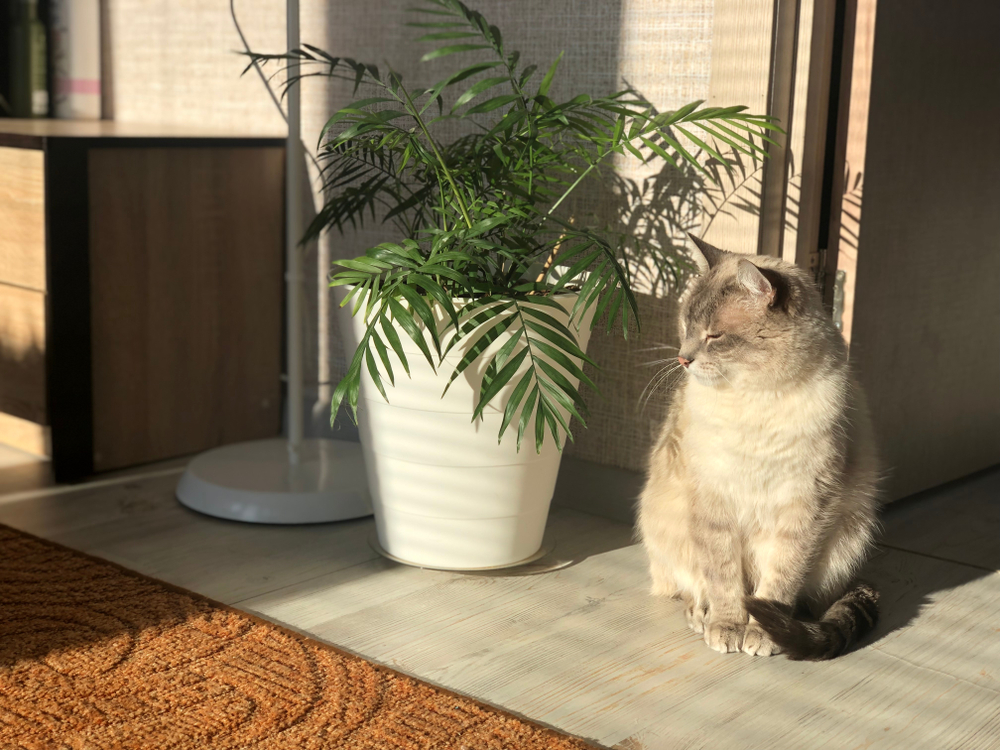
If you’re looking for a plant that exudes the essence of the tropics, the areca palm could be your best bet. It’s excellent at removing formaldehyde, benzene, and carbon monoxide from the air, contributing to a healthier indoor environment. This palm thrives in bright, indirect light and appreciates regular watering, making it a perfect addition to sunlit living spaces. Its graceful, feathery fronds add a soft touch to any room.
The areca palm is non-toxic to pets, so your dogs and cats can safely coexist with this tropical beauty. Its fronds might tempt your pets into a bit of playful exploration, but you won’t need to worry about any harmful effects. As with many palms, maintaining the right level of humidity is key to keep it healthy and free from brown tips. Regular misting can help provide the moisture it craves.
5. Parlor Palm (Chamaedorea elegans)
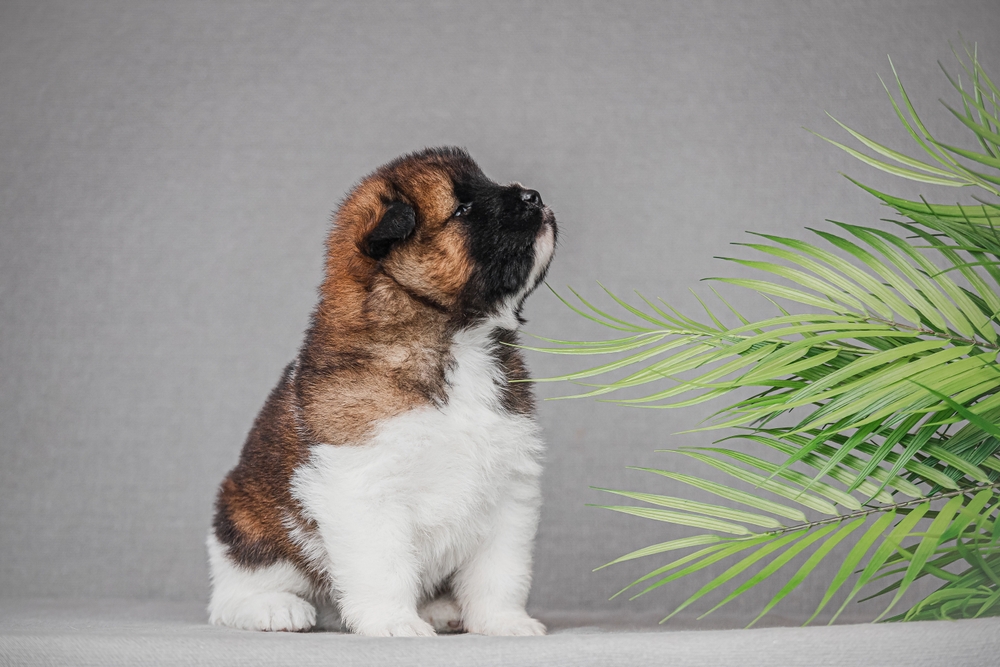
The parlor palm is another excellent choice for pet owners, offering both beauty and air-purifying benefits. This plant is adept at filtering out indoor air pollutants, making it a great addition to home offices or living rooms. According to a study cited by the University of Florida, the parlor palm is particularly effective in removing benzene and formaldehyde from the air. Its compact size and lush foliage make it a versatile option for various spaces.
Pet parents can rest easy knowing that parlor palms are non-toxic to both dogs and cats. These palms are relatively low-maintenance, thriving in low to moderate light conditions and preferring soil that’s allowed to dry out slightly between waterings. Their elegant fronds can add a touch of sophistication to any corner of your home. Just ensure they’re positioned away from direct sunlight to prevent leaf scorch.
6. Calathea (Calathea spp.)

Calathea plants, often referred to as “prayer plants,” are known for their striking foliage and unique leaf patterns. They can help remove pollutants from the air, although their primary appeal lies in their decorative leaves. These plants prefer indirect light and high humidity, making them well-suited for well-lit bathrooms or kitchens. Their leaves tend to move in response to light, adding a dynamic element to your indoor garden.
Safe for households with pets, calatheas are non-toxic to cats and dogs. Their leaves may intrigue your pets, but you won’t have to worry about toxicity. However, they do require a bit of extra attention in terms of humidity and light conditions. Proper care ensures their vibrant colors and patterns remain stunning throughout the year.
7. Lady Palm (Rhapis excelsa)
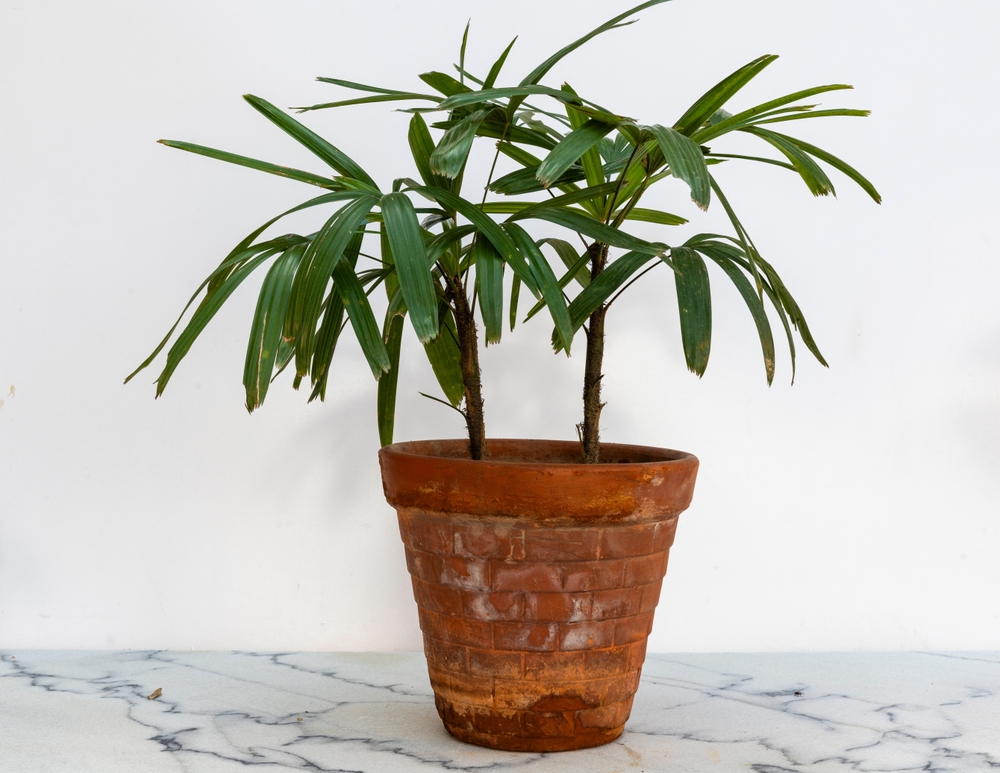
The lady palm is a sophisticated plant that not only elevates your decor but also helps purify the air in your home. It’s particularly adept at reducing levels of ammonia, a common pollutant in household cleaning products. According to a study published in the Journal of American Society for Horticultural Science, lady palms are efficient at improving indoor air quality. They thrive in indirect light and are tolerant of lower light conditions, making them incredibly versatile.
Lady palms are also pet-friendly, so your furry friends can enjoy their beauty without any risk. These palms are quite hardy, tolerating a range of indoor conditions with ease. They have a slow growth rate, which means they won’t quickly outgrow their space. Regular watering and occasional fertilization can keep them looking lush and healthy.
8. Peperomia (Peperomia spp.)
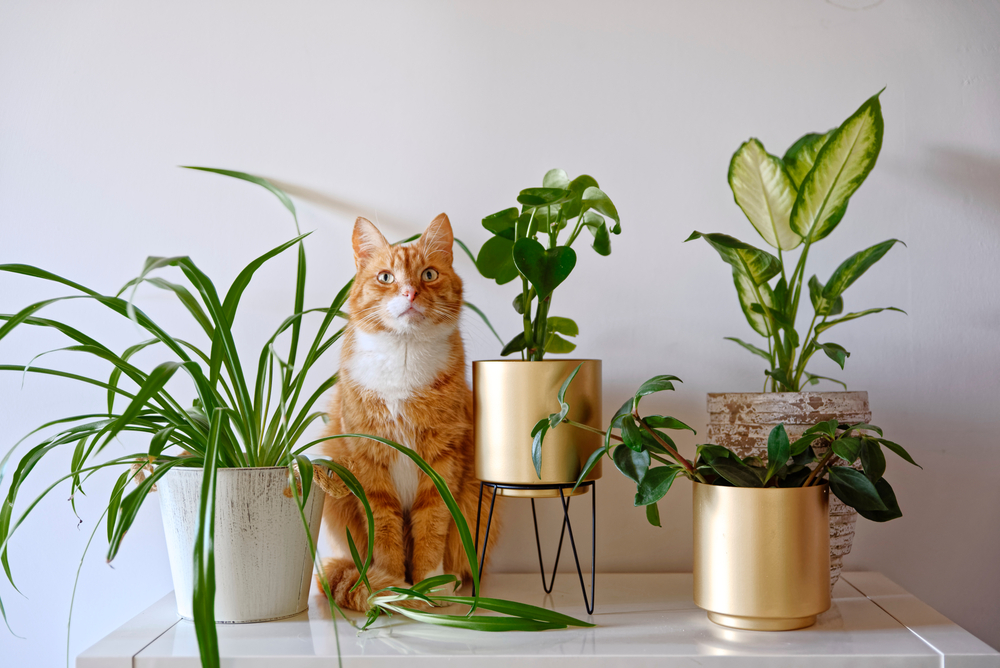
Peperomias are a diverse group of houseplants known for their compact size and attractive foliage. While not the most powerful air purifiers, they still contribute to a cleaner indoor environment by removing some toxins. These plants are incredibly adaptable, thriving in a range of lighting conditions from low light to bright, indirect light. Their small size makes them perfect for desktops or small shelves.
Rest assured, peperomias are non-toxic to pets, allowing you to place them anywhere without worry. Their varied leaf shapes and colors can provide a fun and engaging visual element to your home decor. They’re also easy to care for, requiring only moderate watering and well-draining soil. Minimal maintenance makes them an excellent choice for busy plant parents.
9. Cast Iron Plant (Aspidistra elatior)
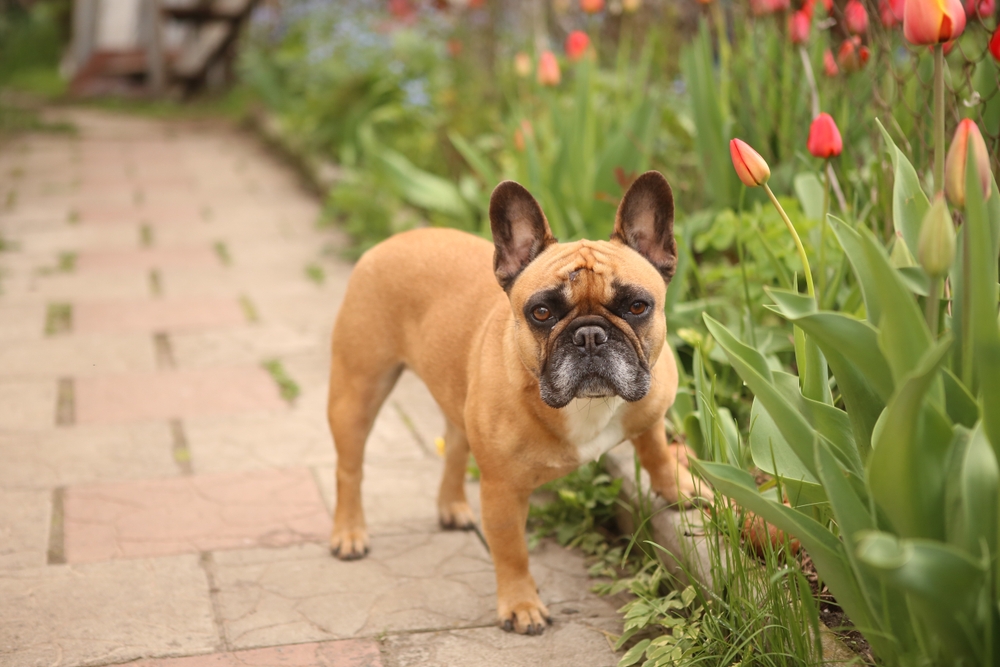
True to its name, the cast iron plant is tough as nails and perfect for those who might not have a natural green thumb. It’s not known for its air-purifying prowess, but it does contribute to a cleaner environment by removing some common toxins. This plant thrives in low to medium light conditions and can tolerate neglect, making it ideal for the more forgetful plant owners among us. Its broad, dark green leaves give a lush, tropical feel to any room.
Pet owners can relax knowing that the cast iron plant is non-toxic to dogs and cats, so it’s safe for any curious chewers. It’s a resilient plant that can handle a bit of roughhousing from pets or children alike. Despite its hardy nature, it appreciates a well-draining soil and occasional watering. With minimal demands, it’s a fantastic option for adding greenery without fuss.
10. African Violet (Saintpaulia)
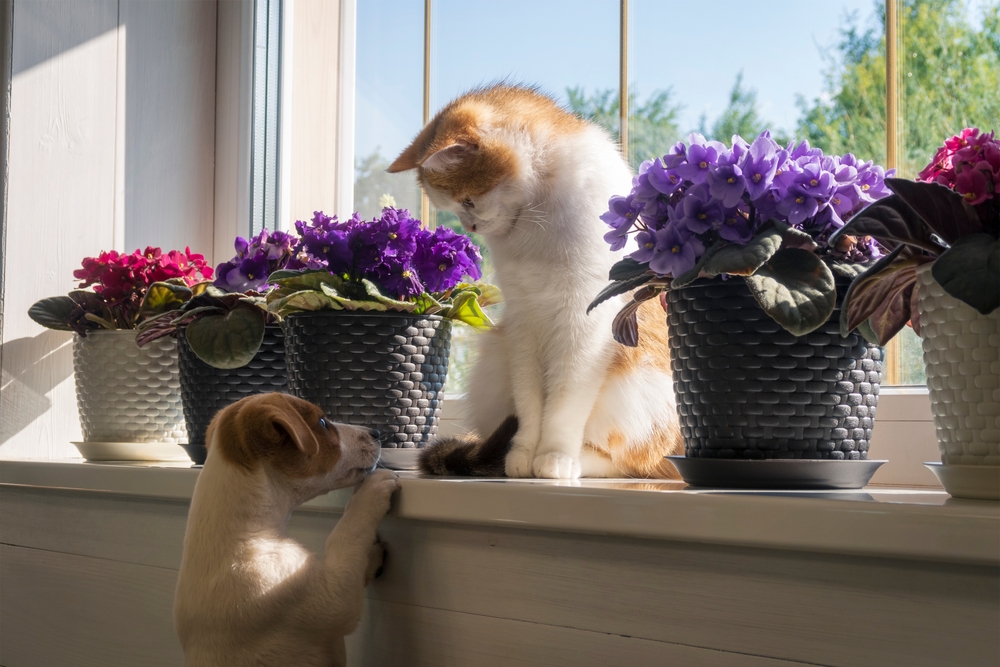
African violets are delightful flowering plants that can brighten up any indoor space with their colorful blooms. While their air-purifying abilities are modest, they still help to improve the quality of the air in your home. These plants prefer bright, indirect light and consistent moisture, making them a bit more particular in terms of care. However, their charming appearance is well worth the effort.
Safe for your furry friends, African violets pose no threat to cats or dogs. Their vibrant flowers and soft leaves can attract attention but won’t cause any harm. Regular watering and occasional feeding can keep them blooming throughout the year. With a little attention, they can be a vibrant and non-toxic addition to your collection.
11. Friendship Plant (Pilea involucrata)
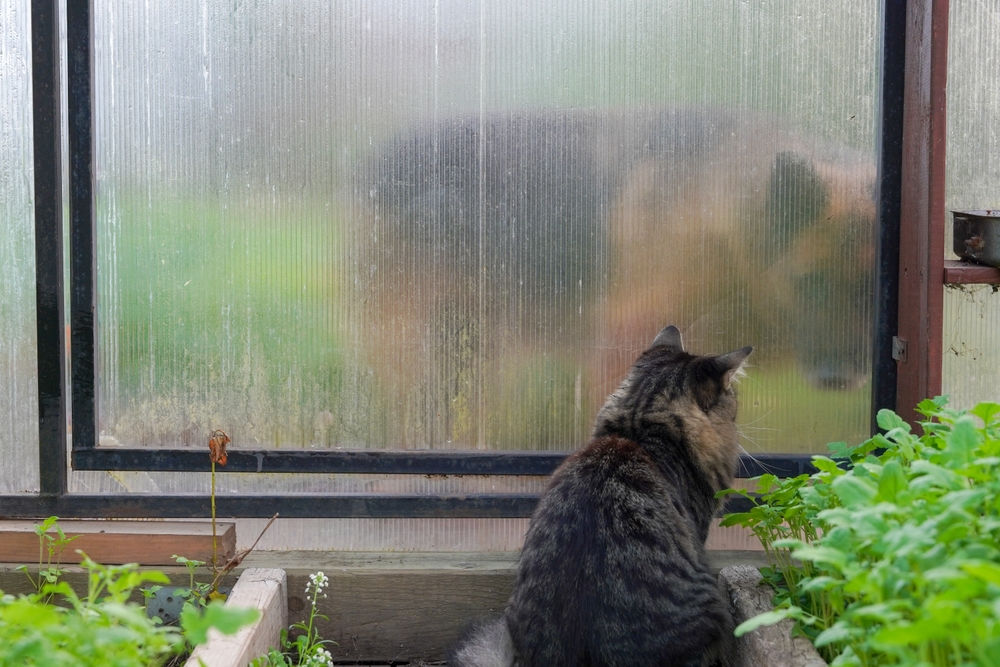
The friendship plant is cherished for its textured leaves and easy-going nature. It contributes to a healthier indoor environment by filtering out some pollutants, though it’s not the most potent air purifier. These plants love bright, indirect light and thrive in warm, humid conditions, making them ideal for sunny kitchens or bathrooms. Their compact size and interesting foliage make them a favorite among plant enthusiasts.
Non-toxic to pets, the friendship plant ensures a worry-free coexistence with your furry companions. Their leaves have a velvety texture that’s appealing to touch, both for humans and curious pets. They’re relatively low-maintenance, requiring only moderate watering and well-draining soil. As an added bonus, they’re easy to propagate, so you can share the joy of this plant with friends.
12. Burro’s Tail (Sedum morganianum)
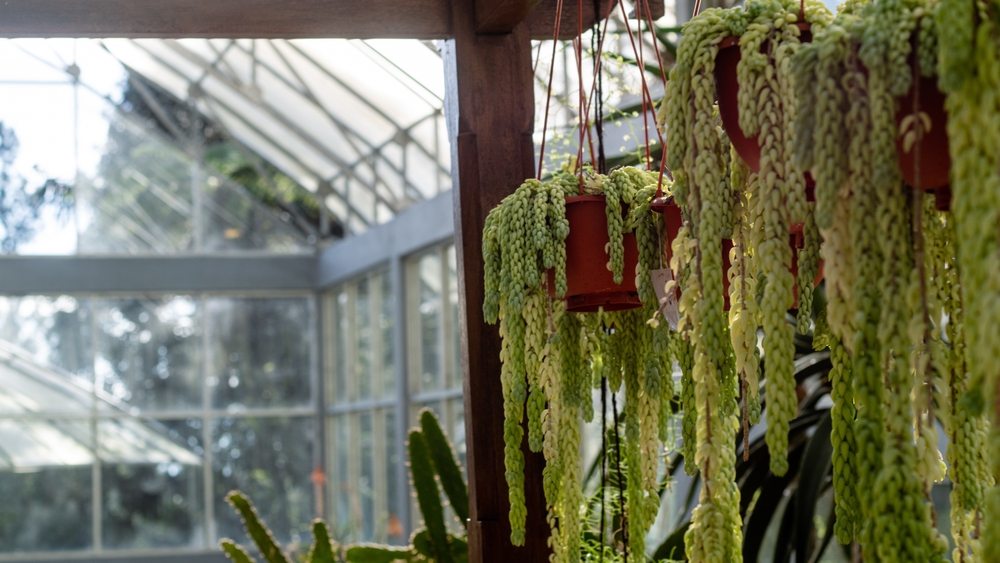
Burro’s tail is a unique succulent with trailing stems that can add an interesting visual element to your home. While not particularly known for air purification, it can still contribute to a healthier indoor space. It thrives in bright, indirect light and requires little water, making it a great choice for sunny spots. Its cascading stems make it an excellent candidate for hanging baskets.
Pet-friendly and non-toxic, burro’s tail is safe for homes with dogs and cats. Its fleshy leaves might intrigue your pets, but they pose no risk if nibbled. As with most succulents, overwatering is the primary concern, so be sure to let it dry out between waterings. With proper care, it can be a distinctive and safe addition to your plant collection.
13. Swedish Ivy (Plectranthus verticillatus)

Swedish ivy is a fast-growing plant known for its lush foliage and trailing stems. While not a powerhouse in air purification, it still aids in maintaining a clean indoor environment. This plant thrives in bright, indirect light and appreciates regular watering, making it easy to care for. Its cascading growth habit makes it perfect for hanging baskets or high shelves.
Completely non-toxic to pets, Swedish ivy allows for peace of mind in pet-friendly households. Its leaves are soft and slightly fuzzy, which might attract the interest of your furry friends. Regular pruning can help maintain its shape and encourage bushier growth. With minimal care, Swedish ivy can become a vibrant, safe, and green companion in your home.
